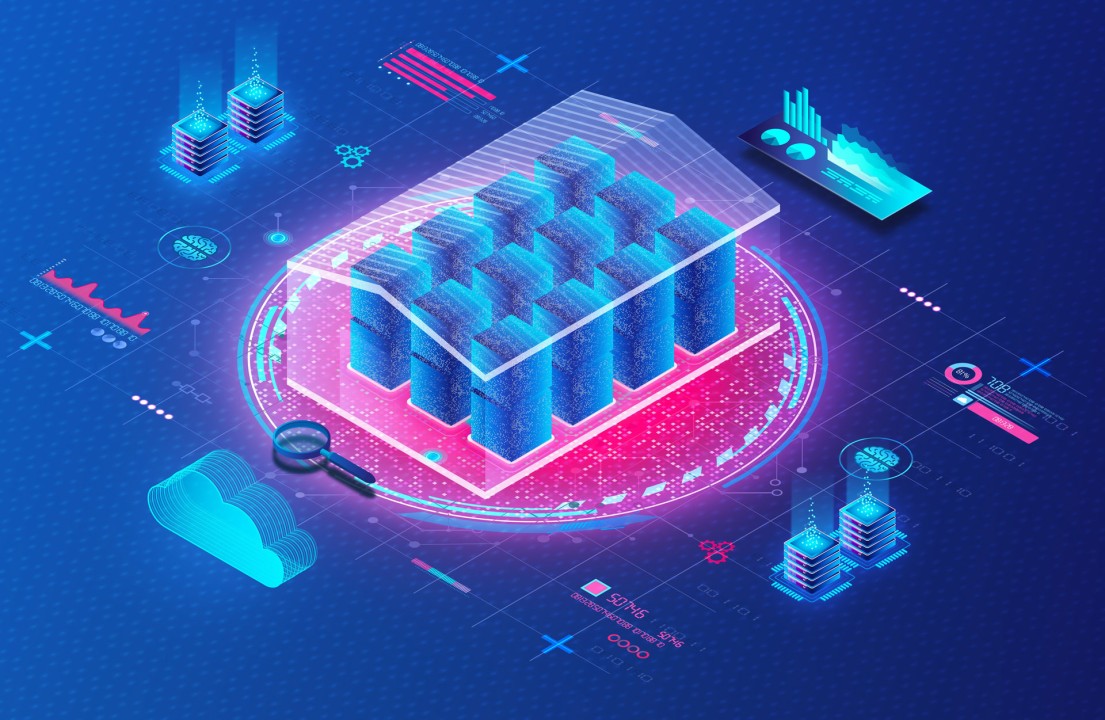Data warehousing is undergoing its most profound transformation in decades. As organizations demand ever-faster insights and more flexible architectures, two trends are converging worldwide: real-time processing and the rise of lakehouse platforms that unify data warehouse and data-lake paradigms. Below, we explore how these shifts are reshaping global data strategies—and what it takes to stay ahead.
Embracing Real-Time Data for Instant Insights
Across industries—from finance and retail to IoT and healthcare—“batch-only” analytics no longer cuts it. Today’s businesses expect:
-
Immediate decision support (fraud detection, dynamic pricing)
-
Live operational dashboards (manufacturing KPIs, customer-experience metrics)
-
Responsive customer engagement (real-time personalization, chatbots)
In fact, real-time data is fast becoming a baseline expectation. As Deloitte notes, streaming pipelines are now strategic imperatives, powering fraud prevention in credit-card networks, dynamic offers in gaming, and intelligent building controls in real estate (In an On-Demand World, Real-Time Data Is 'Becoming an Expectation').
Key enablers include:
-
Change-Data-Capture (CDC) tools (e.g., Debezium, AWS DMS) that capture transaction log events
-
Streaming engines like Apache Kafka, Flink, and AWS Kinesis for low-latency ingestion and processing
-
In-memory databases and fast query engines (e.g., Apache Druid, Rockset) for sub-second analytics
Lakehouse Architectures: The Best of Warehouses & Lakes
Traditional data-warehouse platforms excelled at structured SQL analytics but struggled with semi-structured data and real-time updates. Data lakes offered scale and flexibility but lacked governance, ACID guarantees, and performant SQL runtimes.
Lakehouses bridge this divide by layering on:
-
Open storage formats (e.g., Parquet, ORC) in cloud object stores
-
Transactionality & ACID via metadata layers (e.g., Delta Lake, Apache Hudi, Iceberg)
-
Unified engines that serve both batch and streaming workloads (e.g., Spark SQL, Presto/Trino)
This convergence accelerates analytics and ML workflows, reduces ETL complexity, and cuts infrastructure sprawl. According to DATAVERSITY, demand for real-time analytics is propelling the lakehouse market at a 22.9 % CAGR—projected to exceed $66 billion by 2033 (Data Architecture Trends in 2025 - DATAVERSITY).
From Lambda & Kappa to One Simplified Pipeline
Earlier patterns like Lambda (separate batch and speed layers) and Kappa (streaming-only) have given way to lakehouse’s single-engine approach. Benefits include:
-
Reduced maintenance: One codebase, one metadata store, fewer moving parts
-
Consistent logic: Reuse the same transformations for both historic and real-time data
-
Simplified governance: Centralized schema enforcement, lineage, and access controls
Organizations adopting this unified pipeline report up to 50 % faster feature development cycles and dramatic cuts in operational toil (Emerging Trends in Data Warehouse Implementation for 2025).
Cloud-Native, Serverless, and Pay-Per-Use
The economics of data warehousing have shifted with cloud-first architectures:
-
Serverless query services (e.g., Snowflake, BigQuery, Amazon Redshift Serverless) automatically scale to demand—so you pay only for actual compute time.
-
Separation of storage and compute lets you store petabytes at low cost in object storage, while spinning up thousands of cores for ad-hoc workloads.
-
Multi-region replication ensures data locality for compliance and low latency for global teams.
By 2025, the global data-warehousing market is expected to reach $34.7 billion—growing at nearly 10 % annually—as enterprises modernize legacy systems and embrace cloud economics (Growth Opportunities and Trends in the Data Warehousing Market).
Global Considerations: Sovereignty, Latency, and Multi-Cloud
As you adopt real-time lakehouse architectures at scale, keep these cross-border factors in mind:
-
Data Residency: Replicate or process sensitive datasets within regional boundaries to comply with GDPR, PIPL, and other local laws.
-
Distributed Query: Architect federated query layers (e.g., using Presto/Trino or Databricks Unity Catalog) that route queries to the closest data copy, minimizing latency.
-
Multi-Cloud Strategy: Avoid vendor lock-in by leveraging open formats and portable engines—enabling fail-over or vendor mix-and-match as geopolitical or economic conditions shift.
Getting Started: A Roadmap to the Future
-
Assess Your Workloads: Classify use cases by freshness needs—identify queries that require sub-minute SLAs versus daily or hourly refreshes.
-
Pilot a Lakehouse: Spin up a small prototype with Delta Lake or Iceberg on your cloud platform—ingest one production dataset and run end-to-end reports.
-
Build Streaming Ingest: Integrate CDC or Kafka connectors to feed live operational data into your lakehouse tables.
-
Optimize Storage & Compute: Tune file sizes, partitioning, and caching; evaluate serverless versus provisioned clusters for cost performance.
-
Institutionalize Governance: Deploy a data catalog (e.g., AWS Glue, Azure Purview) and enforce role-based access, lineage tracking, and quality checks.
-
Scale Globally: Establish multi-region replication, edge-cache nodes, and federated query layers to serve users around the world.
By weaving together real-time processing, lakehouse architectures, and cloud-native economics, organizations can transform data warehousing into a resilient, agile foundation that powers global analytics and AI initiatives. The result? Faster insights, lower costs, and a future-proof platform for whatever the data-driven world brings next.
How is your team embracing real-time lakehouse architectures? Share your experiences and questions in the comments below!
